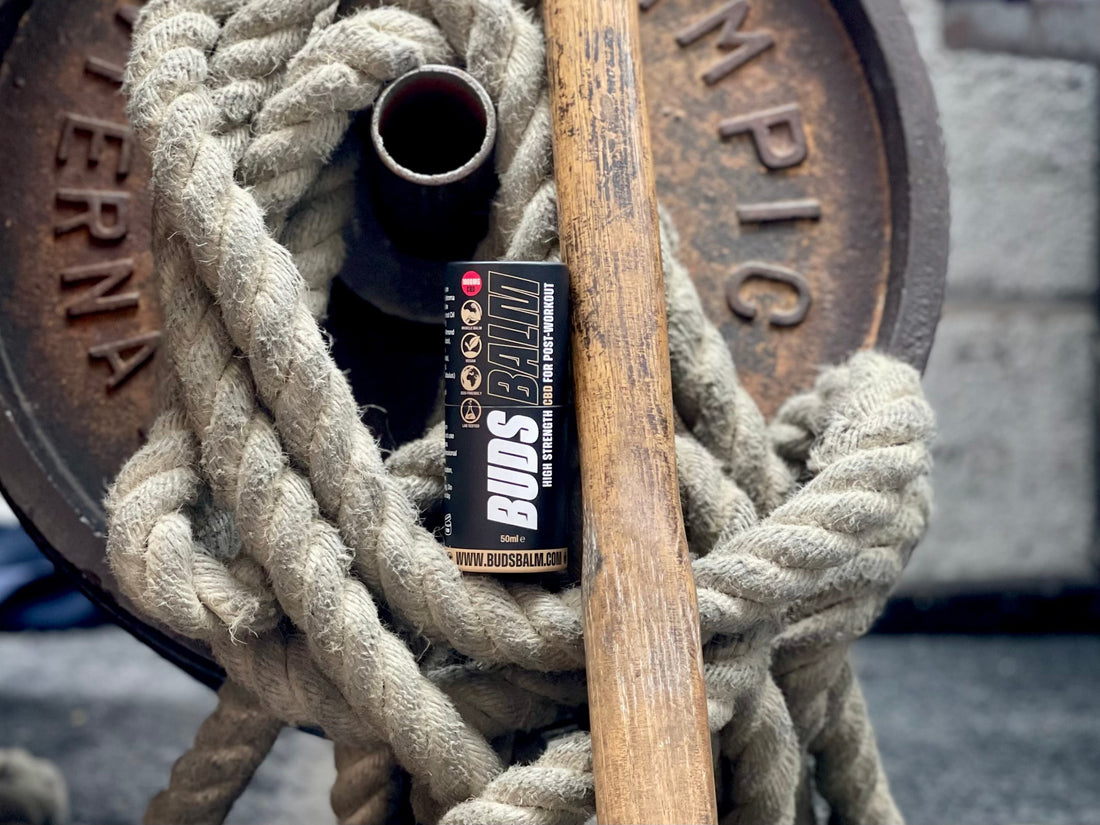
Breaking Through Plateaus
No matter what kind of exercise you love (whether it’s running, cycling, hiking, weight training, or team sports), most people eventually hit a point where progress stalls. You feel fitter, stronger, and then suddenly… nothing changes. This is called a training plateau, and it’s one of the most common frustrations for active people.
The good news? Plateaus don’t mean you’ve reached your limit. In many cases, they signal that your body needs better recovery, not just more training.
Why Do Plateaus Happen?
When you exercise, you’re putting stress on your body. Muscles break down, energy stores are depleted, and your nervous system works harder to cope with the demands. This is essential for growth and performance, but only if your body has time to repair and adapt.
If recovery doesn’t match your training load, your body stays in a constant state of fatigue. Instead of getting stronger or faster, you simply maintain… or worse, start to decline. That’s when a plateau sets in.
The Link Between Recovery and Progress
- Adaptation happens during rest. Whether you’re building endurance for a half marathon or strength in the gym, improvements occur while you recover, not while you train.
- Preventing overtraining. Without enough rest, fatigue accumulates, increasing the risk of burnout and injury.
- Supporting hormones and energy systems. Sleep and recovery help balance cortisol (stress hormone) and boost growth hormone and testosterone, which are vital for repair and growth.
Signs You May Need More Recovery
- Workouts feel harder than usual
- Energy levels stay low, even outside of training
- Small aches and pains linger or worsen
- Motivation drops
- Performance stalls or declines
How to Recover Smarter Across All Types of Exercise
- Sleep: Aim for 7–9 hours of quality rest each night.
- Active recovery: Gentle movement like walking, stretching, or yoga helps circulation without adding more stress.
- Nutrition: Fuel your body with balanced meals - protein for repair, carbohydrates for energy, and healthy fats for recovery.
- Hydration: Dehydration slows recovery, so replace fluids after exercise.
- Topical support: Apply directly to stressed areas for soothing relief and to support repair.
- Structured rest: Plan rest days and deload weeks, especially during intense training cycles.
- Stress management: Mental recovery matters as much as physical. High stress outside of training can slow progress.
Final Thoughts
Plateaus don’t mean you’ve failed, and they don’t mean your body has stopped improving. More often than not, they’re a reminder that recovery is just as important as training itself. By giving your body the tools, support and time it needs to repair, you’ll not only break through plateaus but also reduce your risk of injury and keep progressing for the long term.

